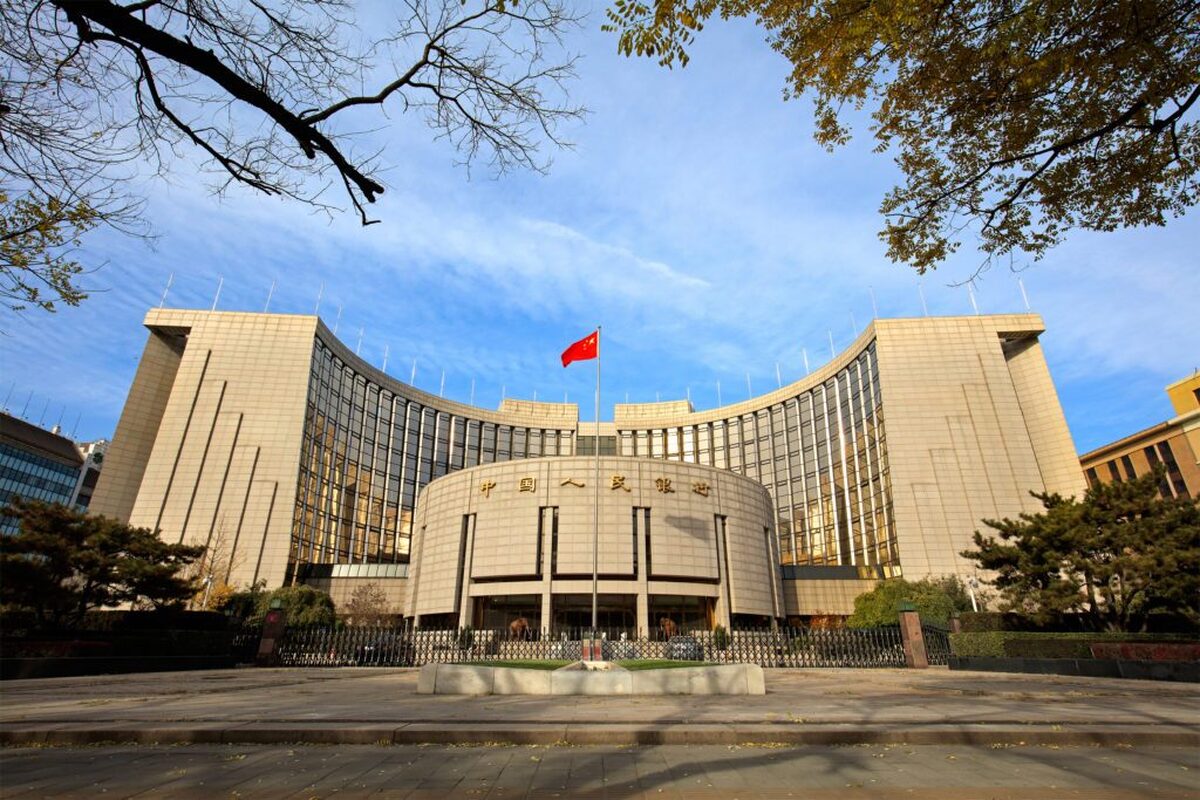
Central banks make record $15.7bn gold purchases
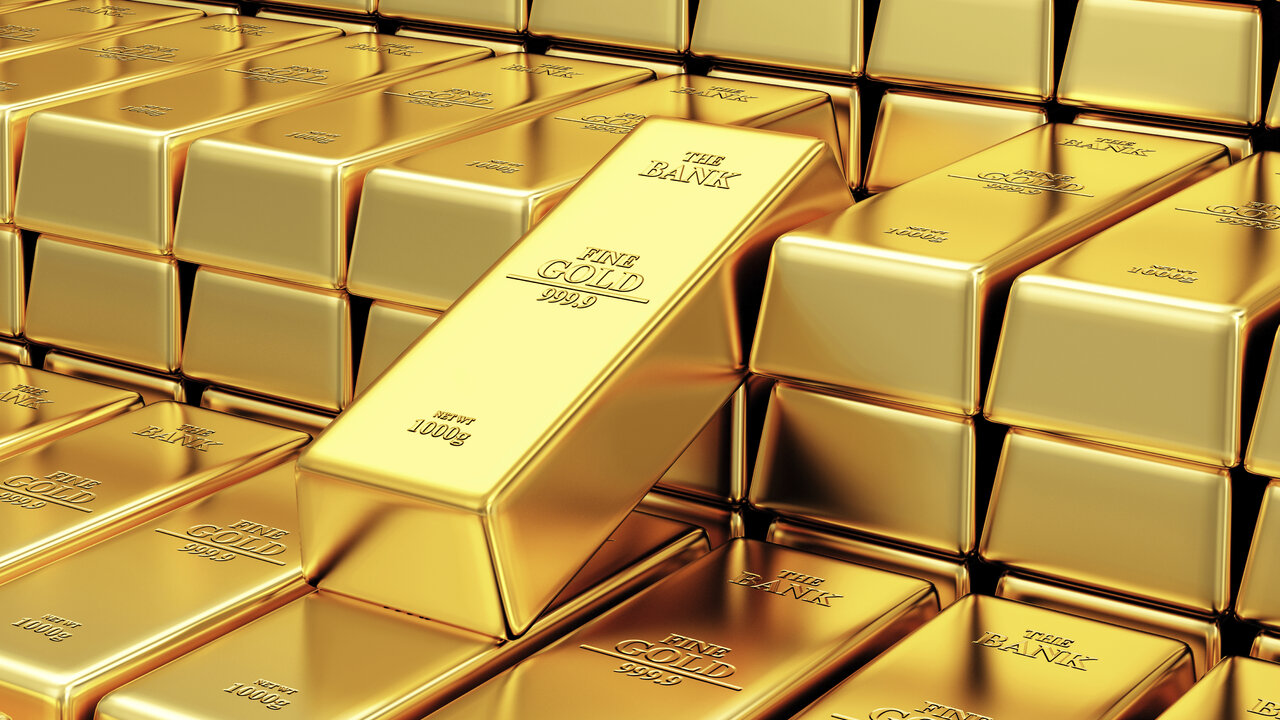
Data released by the World Gold Council on Thursday showed central banks, led by Poland, China and Russia, bought 374 tonnes of gold — the largest acquisition of the precious metal on record by public institutions in the first half of a year. Central banks accounted for nearly one-sixth of total gold demand in the period.
The pattern advances on last year’s activity in which central banks hoovered up more gold than at any time since the end of the gold standard (where a country could link the value of its currency to the precious metal) in 1971. The shift in attitude towards gold since the financial crisis was highlighted by a European Central Bank decision last week to cease an agreement to limit sales of gold, as the region’s institutions are no longer selling it in large volumes and are instead now net purchasers.
Overall, year-on-year demand for bullion increased 8 per cent to 1,123 tonnes in the second quarter, boosted by central bank purchases and investors piling into gold-backed exchange traded funds. Dovish comments from central banks, geopolitical instability and rising gold prices encouraged investors to top up, with ETF gold holdings up 67.2 tonnes in the second quarter to a six-year peak of 2,548 tonnes. Demand was further supported by a recovery in India’s jewellery market in Q2, with year-on-year demand rising 12 per cent to 168.6 tonnes.
However, as the June price rose above $1,400 a troy ounce for the first time in six years, demand for gold in the jewellery and retail investment markets softened. “June was a big month for gold,” said Alistair Hewitt, head of market intelligence at the WGC. “While the Fed’s dovish turn was the key driver for this, it also builds on a strong first half of the year, which saw gold demand hit a three-year high, underpinned by extremely strong central bank buying.” The US Federal Reserve announced on Wednesday its first interest rate cut for more than a decade, which it justified on the grounds of below-target inflation.
The quarter-point reduction had been widely expected. UK-listed funds accounted for three-quarters of exchange-traded gold products bought by value. This was driven by a desire to hedge against uncertainty over the outcome of the UK’s Conservative party leadership election, concern about a disorderly exit from the European Union and a sharp plunge in the value of the pound.
German investors also piled into gold-backed ETFs, said the WGC, amid worries about the manufacturing sector’s vulnerability to the trade war between the US and China. The WGC expects looser monetary policy and geopolitical uncertainty — ranging from the China-US trade war, to Iran and Brexit — to keep pressure on central banks to build gold reserves and on investors to seek out gold-backed ETFs, although higher prices could hit consumer demand.

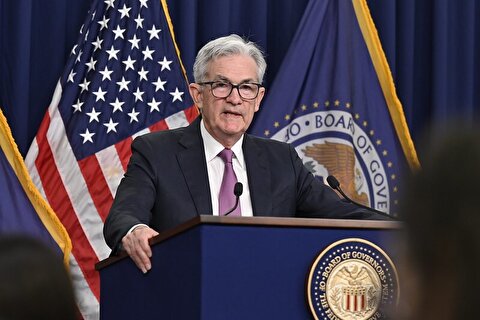
Gold price edges up as market awaits Fed minutes, Powell speech

Glencore trader who led ill-fated battery recycling push to exit

Emirates Global Aluminium unit to exit Guinea after mine seized
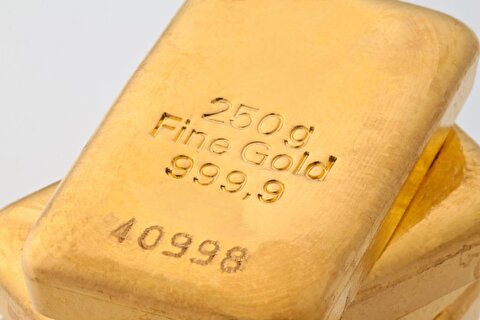
UBS lifts 2026 gold forecasts on US macro risks

Iron ore price dips on China blast furnace cuts, US trade restrictions

Roshel, Swebor partner to produce ballistic-grade steel in Canada

EverMetal launches US-based critical metals recycling platform

US hikes steel, aluminum tariffs on imported wind turbines, cranes, railcars

Afghanistan says China seeks its participation in Belt and Road Initiative

First Quantum drops plan to sell stakes in Zambia copper mines

Ivanhoe advances Kamoa dewatering plan, plans forecasts

Texas factory gives Chinese copper firm an edge in tariff war

Pan American locks in $2.1B takeover of MAG Silver

Iron ore prices hit one-week high after fatal incident halts Rio Tinto’s Simandou project

US adds copper, potash, silicon in critical minerals list shake-up

Barrick’s Reko Diq in line for $410M ADB backing
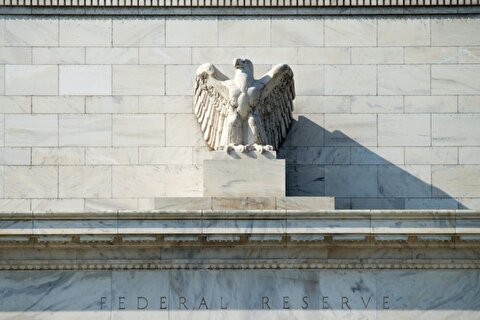
Gold price gains 1% as Powell gives dovish signal

Electra converts debt, launches $30M raise to jumpstart stalled cobalt refinery

Gold boom drives rising costs for Aussie producers

First Quantum drops plan to sell stakes in Zambia copper mines

Ivanhoe advances Kamoa dewatering plan, plans forecasts

Texas factory gives Chinese copper firm an edge in tariff war

Pan American locks in $2.1B takeover of MAG Silver

Iron ore prices hit one-week high after fatal incident halts Rio Tinto’s Simandou project

US adds copper, potash, silicon in critical minerals list shake-up

Barrick’s Reko Diq in line for $410M ADB backing

Gold price gains 1% as Powell gives dovish signal

Electra converts debt, launches $30M raise to jumpstart stalled cobalt refinery

